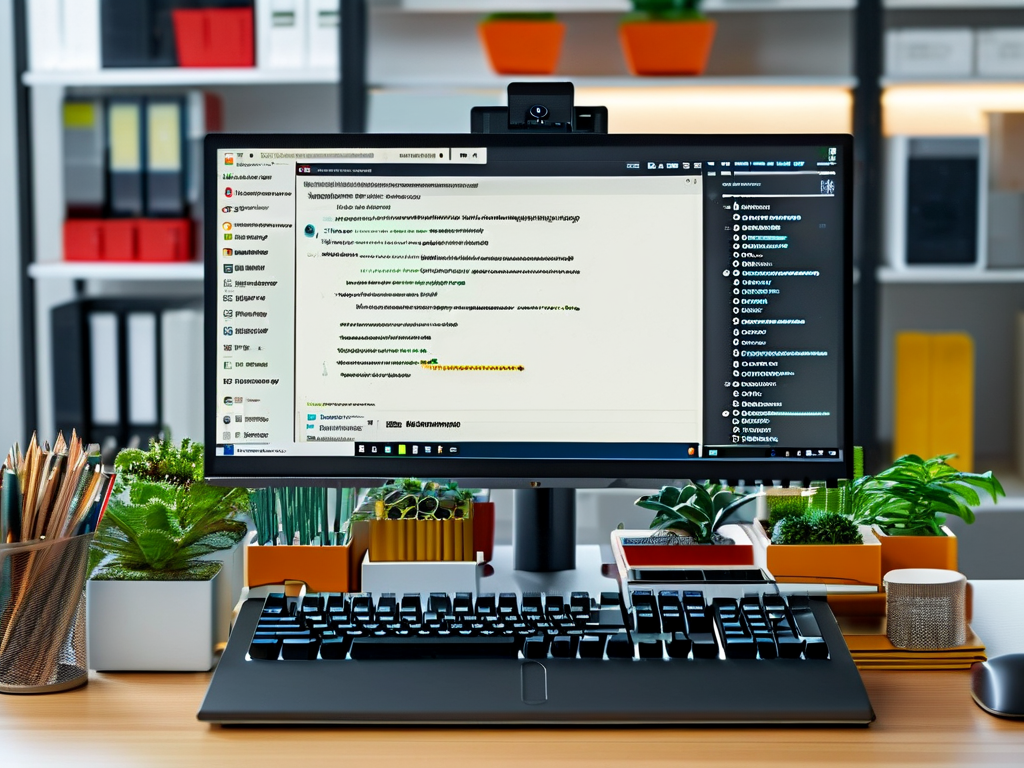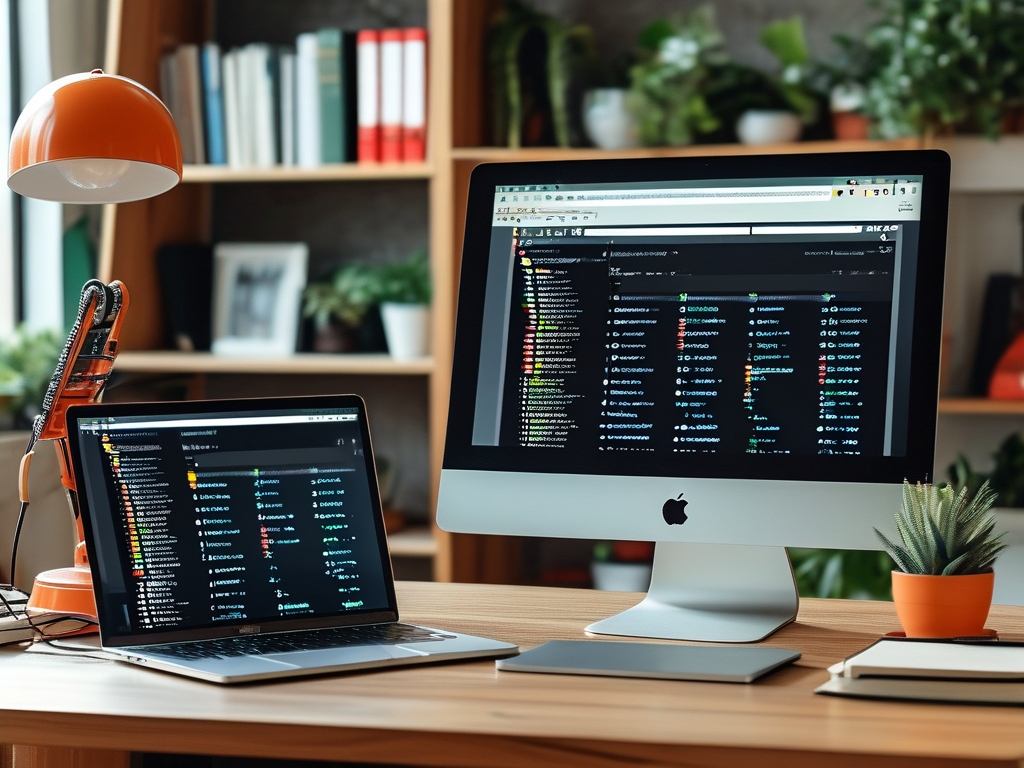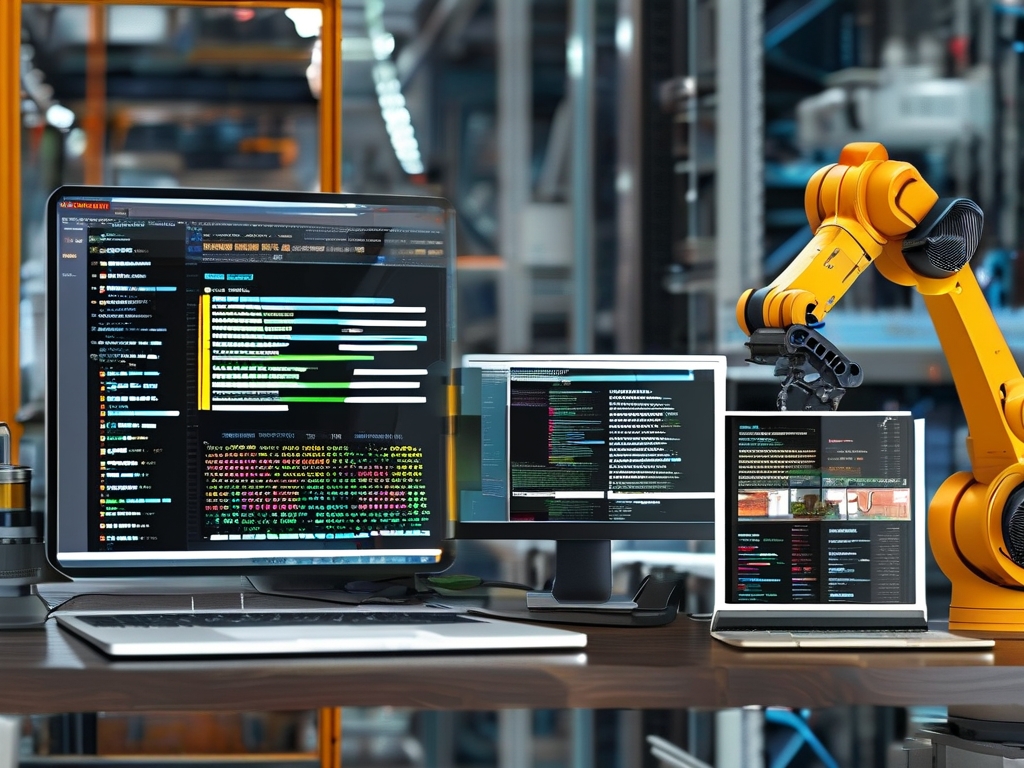In today’s fast-paced retail environment, automating window display deployments has become critical for brands to maintain visual freshness and operational efficiency. This article explores a structured template for implementing automation in window display setups, combining technical precision with practical adaptability.

Why Automation Matters
Manual window display updates are time-consuming and prone to inconsistencies. Automation streamlines the process, ensuring timely refreshes aligned with marketing campaigns, seasonal themes, or inventory changes. By adopting a standardized framework, retailers reduce human error and allocate creative resources more effectively.
Core Components of the Template
-
Modular Design Architecture
A successful automation framework relies on modular components. For example, a configuration management system (e.g., Ansible or Terraform) can handle layout templates, while IoT sensors adjust lighting and dynamic elements. Separating logic from design allows teams to update visuals without disrupting backend workflows. -
Integration with Content Management Systems (CMS)
Linking the automation framework to a CMS enables seamless content synchronization. Retailers can schedule display changes through platforms like WordPress or Contentful, triggering predefined scripts to deploy new layouts. Below is a sample YAML snippet for scheduling updates:deployment: schedule: - campaign: "Holiday2024" start_time: "2024-11-20T00:00:00Z" assets: - banner.png - lighting_profile.json -
Real-Time Monitoring and Analytics
Embedding analytics tools like Grafana or Tableau into the framework provides visibility into display performance. Metrics such as customer engagement rates or dwell time help refine future deployments.
Implementation Steps
Phase 1: Requirement Assessment
Identify key objectives—whether the focus is on rapid campaign swaps, interactive elements, or energy efficiency. Collaborate with visual designers and IT teams to map dependencies.
Phase 2: Toolchain Selection
Choose tools that align with existing infrastructure. For instance, Docker containers ensure environment consistency, while Jenkins pipelines automate testing and rollbacks.
Phase 3: Template Development
Build reusable templates for common scenarios (e.g., product launches, clearance sales). Use version control (Git) to track iterations. A Python script example for dynamic content rotation:
def rotate_display(content_list, interval):
import time
while True:
for asset in content_list:
display.show(asset)
time.sleep(interval)
Phase 4: Pilot Testing
Deploy the framework in a controlled environment, such as a single storefront. Validate responsiveness to CMS triggers and error handling (e.g., fallback displays during connectivity issues).
Phase 5: Scaling and Optimization
After successful testing, expand the solution across locations. Use Kubernetes for cluster management and implement A/B testing to compare display variants.
Overcoming Challenges
- Compatibility Issues: Legacy systems may resist integration. Address this by using API gateways or middleware like MuleSoft.
- Scalability: Ensure the framework supports multi-region deployments through cloud services (AWS, Azure).
- Security: Encrypt asset repositories and restrict CMS access via role-based permissions.
Future-Proofing the Framework
Adopt machine learning models to predict optimal display times based on foot traffic data. Explore AR integration for immersive experiences, using tools like Unity or Unreal Engine.
A well-structured window display automation framework enhances agility and creativity in retail operations. By following this template, businesses can achieve consistent branding, reduce operational costs, and adapt swiftly to market trends. Start with a pilot, iterate based on feedback, and scale with confidence.





